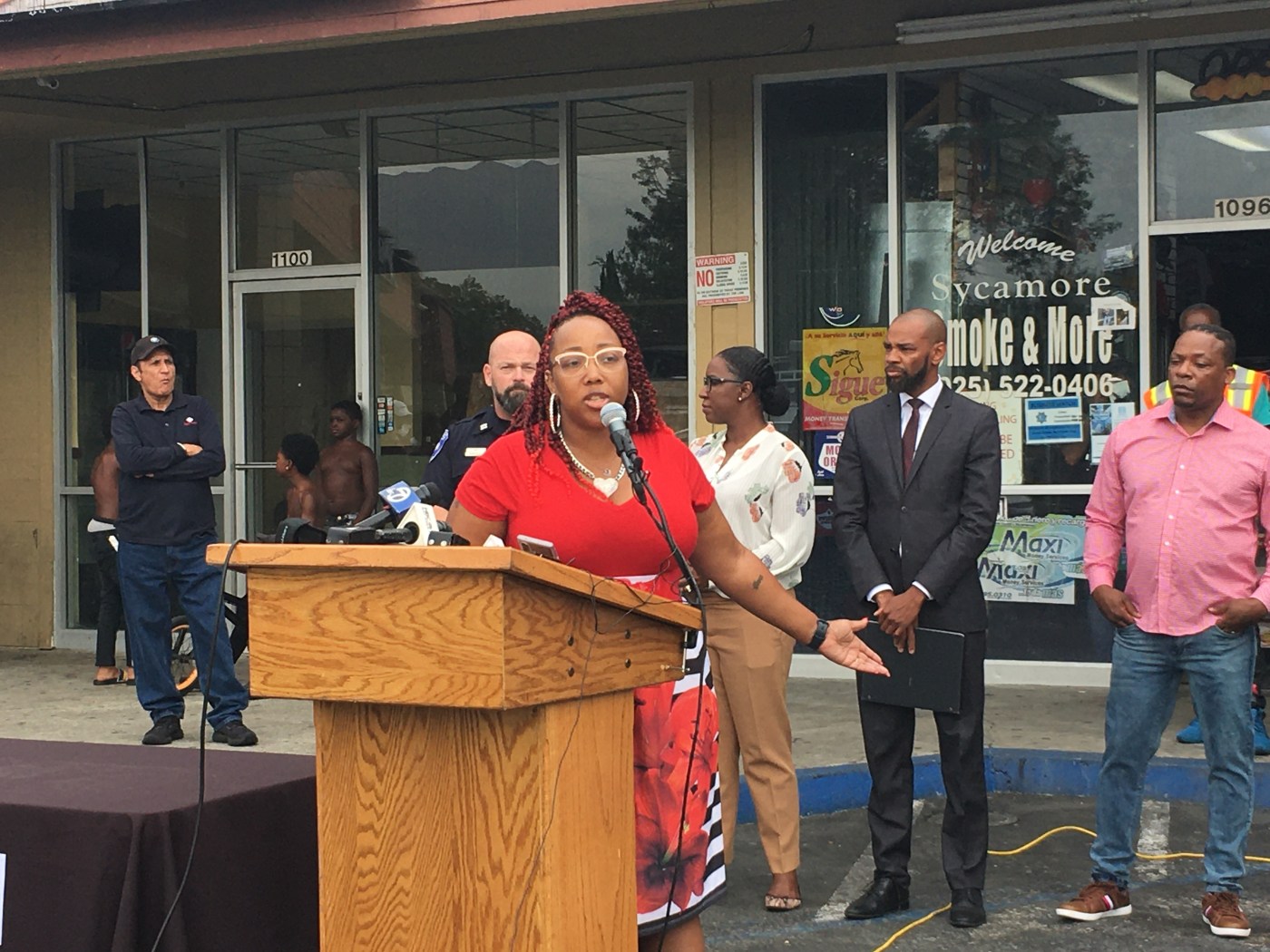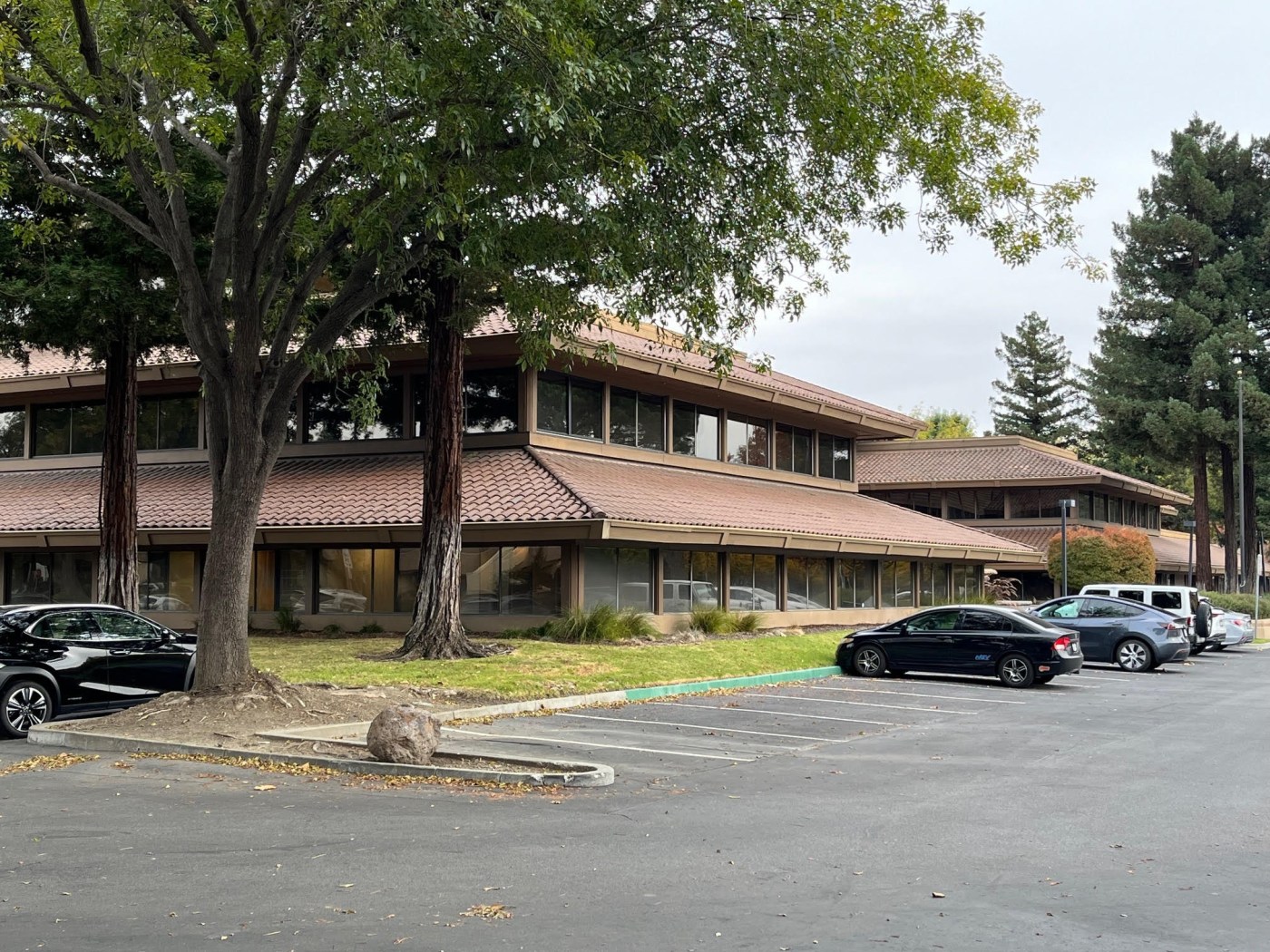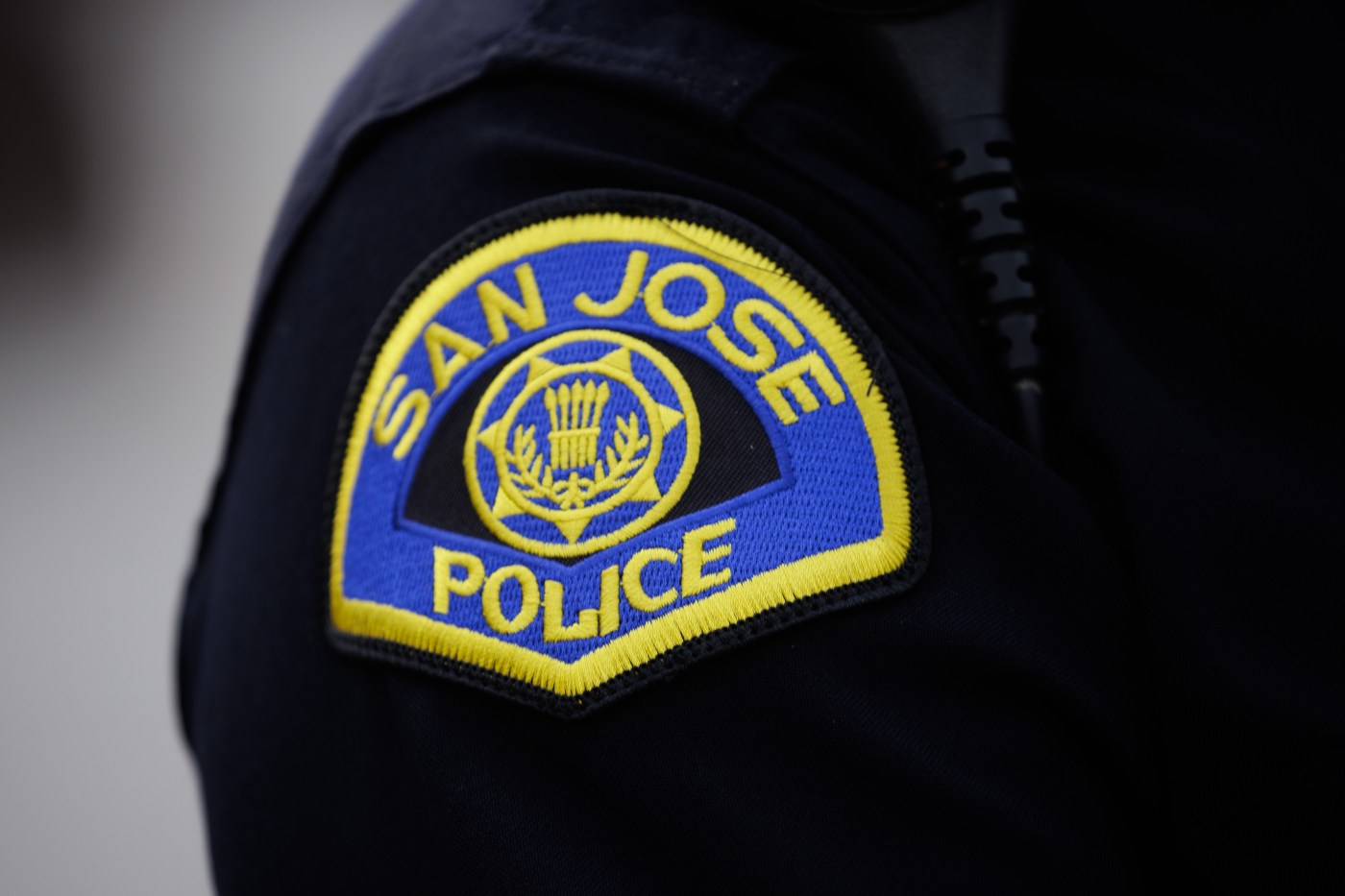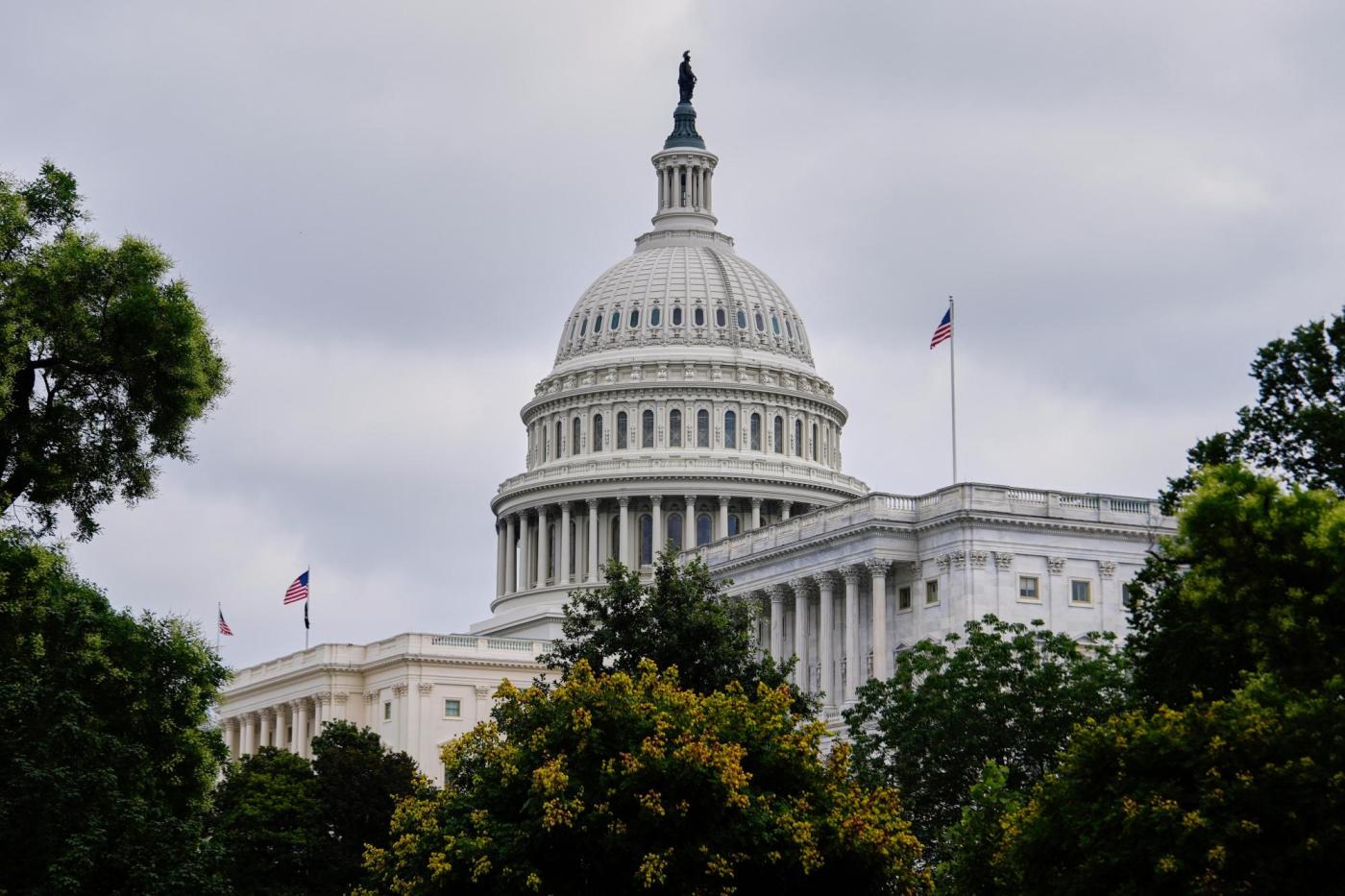ANTIOCH — Under consideration for two years, the Sycamore Square shopping center is set to welcome a new police substation in an effort to increase visibility in an area that has seen its fair share of violence.
While the idea for a substation was raised years ago, its implementation was delayed after a texting scandal and investigation into widespread misconduct rocked the city’s police department.
After unanimous approval by the Antioch City Council on Tuesday, the city will enter into an 18-month lease agreement with Yahya Korin Sycamore Square LLC for a police substation. Mayor Ron Bernal was absent from the meeting.
The lease will run from July 1 through the end of December 2026 for a cost of $33,127.50, which will be paid from the police facilities general fund budget. The agreement includes rent, setup costs, and the cost of installing ballistic glass, which will be shared by the city and property owner.
Antioch Police Department Lt. Michael Mellone said his department has responded to about 2,600 calls for service within a quarter-mile radius of Sycamore Square over the past year. Within the shopping center alone, there have been 951 calls for service, including 33 shootings and nine aggravated assault investigations, along with numerous complaints of public disturbance, narcotics activities, and fights.
“These are not just numbers on a page, they represent crime victims, businesses, and community members that are impacted by the ongoing crime and disorder,” said Mellone. “The cumulative effect on quality of life in this area has been severe, and the demand on law enforcement resources to the police department has been significant.”
He said officers from various locations are deployed to the Sycamore Square area, which affects the department’s ability to provide consistent coverage and appropriate response times to calls elsewhere in the community.
“This undermines our operational efficiency and affects public confidence citywide. The proposed substation offers a proactive solution,” said Mellone.
Although officers will not be permanently placed at the substation due to staffing limitations, it will enable officers to conduct report writing, briefings, and have meal breaks without leaving the patrol area.
The city said the substation will be used regularly by patrol personnel, community service officers, and volunteers during the afternoons and evenings.
Mellone said space will also be made available to community based organizations for meetings, outreach, events, and engagement with residents. It also supports the police department’s broader goals, including community policing, improving public trust, and ongoing reform efforts, in collaboration with the U.S. Department of Justice.
“This neighborhood has endured persistent challenges and disproportionate harm,” said Mellone. “This proposal responds with action in a practical, sustainable way, and it’s an investment in our neighborhoods to enhance safety, stabilize the area, and improve quality of life for those who live and work in the Sycamore corridor.”
Responding to concerns a substation would be a negative presence, Councilmember Tamisha Torres-Walker said she’s experienced growing up in Richmond, which had a police substation to combat crime. Torres-Walker said it did not automatically cause mass arrests or incarceration.
“The community (in Sycamore) wanted police presence, something that could make them feel safe, or like the city actually gave a damn,” said Torres-Walker.
She also called out the area’s homeowners’ association office, which had moved out of the area, leaving renters and property owners in a lurch to deal with the fallout from the violence there.
“I think a conversation needs to be had with the HOA and what is their responsibility to keep Lemontree, Peppertree, and all those streets safe,” said Torres-Walker. “What is their duty, (where is) their investment?”
She said the community in Sycamore has been ignored for decades as the city did not invest in creating programs or provide resources to address the root of the problem of increased crime.
“We’ve pretty much been given this space, and yes, there will be future conversations about a community center,” added Torres-Walker.
Councilmember Donald Freitas, who initially had “great reservations” about the substation, said he will support the project but asked how the city will assess the outcome. Freitas suggested the city manager, police department, and others develop an evaluation to measure the project’s success and present it to the council on June 10.
City Manager Bessie M. Scott noted that every area is different, but preliminary metrics can be produced.
“And there are times that some of the metrics are just longitudinal, (but) we have to see it in action as well. We could use community engagement, crime stats as well as resource provisions, so it’s a co-dependent model on other strategies that the (police) chief will implement,” said Scott. “We can do a preliminary key performance indicator for certain metrics, and the metrics will change as we look at the quarterly data.”
Councilmember Louie Rocha said that while he was a principal at Antioch High School, students had access to a wide range of resources on campus, including mental health services and after-school programs.
“But we were all concerned if we weren’t doing enough because it wasn’t extending into the community where our students and their families live,” said Rocha. “So, I’m all in favor of bringing resources to the community.”





